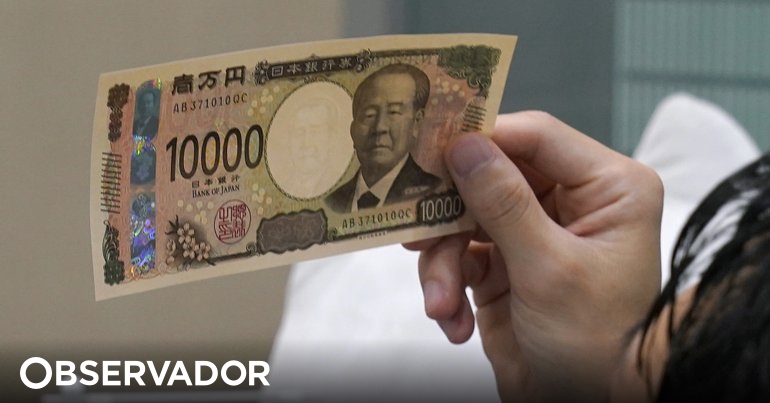
Japan on Wednesday put into circulation its first new banknotes in 20 years, redesigned to increase security and prevent counterfeiting by integrating cutting-edge holographic technology.
“It is a time when cashless payments are progressing, but cash is a payment method that anyone can use at any time, safely, e will continue to play an important role in the future“, Bank of Japan Governor Kazuo Ueda said at a ceremony at the central bank’s headquarters to mark the occasion.
As long as there is demand for notes, the bank will continue to offer them, he added.
The notes incorporate advances in holographic technology to make the portraits appear three-dimensional, are the same size as previous notes, although the denomination numbers have been printed larger, and are more easily identifiable by touch, to make them easier for the visually impaired to use.
Japanese banks began distributing the new 10,000, 5,000 and 1,000 yen notes early in the day, causing long lines at some branches.
The central bank distributed 1.6 trillion yen (about 9.2 billion euros) in new banknotes to institutions.
The new 10,000 yen note (around 58 euros) features an image of Eiichi Shibusawa, considered the “father of Japanese capitalism” and whose milestones include the creation of Japan’s first national bank, while the reverse, which with this change undergoes its first renewal since 1984, features an image of Tokyo’s iconic railway station.
The 5,000 yen note (about 29 euros) now features the image of Umeko Tsuda, founder of Tsuda University for Women, known for her activism in favor of the study of English among women, and the reverse features an image of wisteria in bloom.
The new 1,000 yen note (about six euros) features the face of Shibasaburo Kitasato, a pioneer of Japanese medicine who contributed to the prevention and treatment of infectious diseases around the world, including the development of serotherapy, and who is credited with identifying the bacteria responsible for the plague.
The back of this last note features the famous engraving “The Great Wave off Kanagawa” by the artist Hokusai.
“After 30 years of deflation and at a time when the Japanese economy is undergoing a full transformation into a new phase, These new notes are worthy of the time, symbols of those who contributed to capitalism and innovation“, said Japanese Prime Minister Fumio Kishida at the event.
“I hope these new banknotes will be familiar to the Japanese people and serve to revive Japan’s economy,” he added.
The introduction of the new notes into circulation was not without some commercial setbacks in the country, as it required the acquisition of new automatic machines — widely used in restaurants and bars — capable of processing the new paper money, with the consequent costs.
The redesign of the notes was announced in April 2019, coinciding with the announcement of the name of the new era in which Japan finds itself, Reiwa, and which began with the accession to the throne of Emperor Naruhito, following the abdication of his father, Akihito.
Source: https://observador.pt/2024/07/03/japao-poe-em-circulacao-primeras-notas-redesenhadas-em-20-anos-com-maior-seguranca/

